Fulbright Exchanges and Global Awareness
The Fulbright teacher exchange is one of the most esteemed programs for teacher professional development in the world. The rationale behind the Fulbright Teacher exchange program is to increase mutual understanding and to share pedagogical practices among teacher-citizens in the United States and other countries. The program also exposes teachers to world cultures that enhance their own global awareness and, consequently, permeates the perspectives of students. A Fulbright teacher has the opportunity to engage in the gold standard of professional development: a customized experience to personally understand and integrate 21st century global competencies and expertise, such as critical thinking, complex problem solving, collaboration, multimedia communication, and technological competencies demonstrated by educational professionals throughout the world.
The integrated nature of STEM (Science, Technology, Engineering and Math) puts new emphases on discovery learning as a method for students to apply what they learn to real world problems. Partha Pratim Roy, a Physics teacher from Kolkata, India, examined the implementation of inquiry-based science (also referred to as discovery or experiential learning) in selected high schools in Maryland. He found a fundamental “mismatch” between how a teacher understands and applies the content and method of inquiry in class and how students understand and apply the teaching taking place in the classroom. He concludes that if the teacher “does not discover the dynamics of the thinking pattern of students, just planning [an inquiry-based experience] on the basis of subject content does not ensure success in discovery learning.”
Roy discovered this insight after observing classrooms where students were engaged in discovery learning as part of an AP Physics B course. Researchers have concluded that inquiry-based science is successful within the framework of a standards-based curriculum if teachers guide discovery through “properly designed questions.” But all too often the teacher does not understand what questions to ask after presenting a problem or experiment to students who do the learning. Students are expected to start working on a problem but often do so in an unfocused manner. The teacher, seeing this lack of focus, will ask, “any questions?” with minimal student response. After several minutes the teacher will solve the problem for the students, which according to Roy’s observations, does not represent an exploration of the problem or experiment by the students but rather the authority of the teacher based on the chapter-generated concepts found in the curriculum or textbook scope and sequence.
The students, however, are not thinking in terms of chapter, scope and sequence. They are “phenomenological primitives” who think in an integrated manner often based in middle school explanations that may not be specifically referred to in a problem-based AP physics course. Students are not thinking in terms of chapter but “employ all their concepts and experiences to construct an explanation and re never conscious about the chapter-wise fragmentation of concepts.” With better understandings of their students’ patterns of thinking, teachers can construct guiding questions that allow the students to weave into “their own framework of understanding.” Guiding questions cognizant of student thinking resurrect the basic concepts they have already learned, align them to the current problem or experiment, making it possible for all students to participate successfully in discovery learning experiences. Roy explains that success is possible when “guiding questions are designed … after studying students’ constructivist epistemology on the one hand and their coherent thinking on the other.”
Roy believes that an understanding of student thinking opens up the possibility of an “integrated chapter-less vision of high school physics … in which students learn the methodology (both theory and experiment) of investigation of physics and apply them to discover principles in other classes (chemistry, biology, math) by the application of the discovery method.”

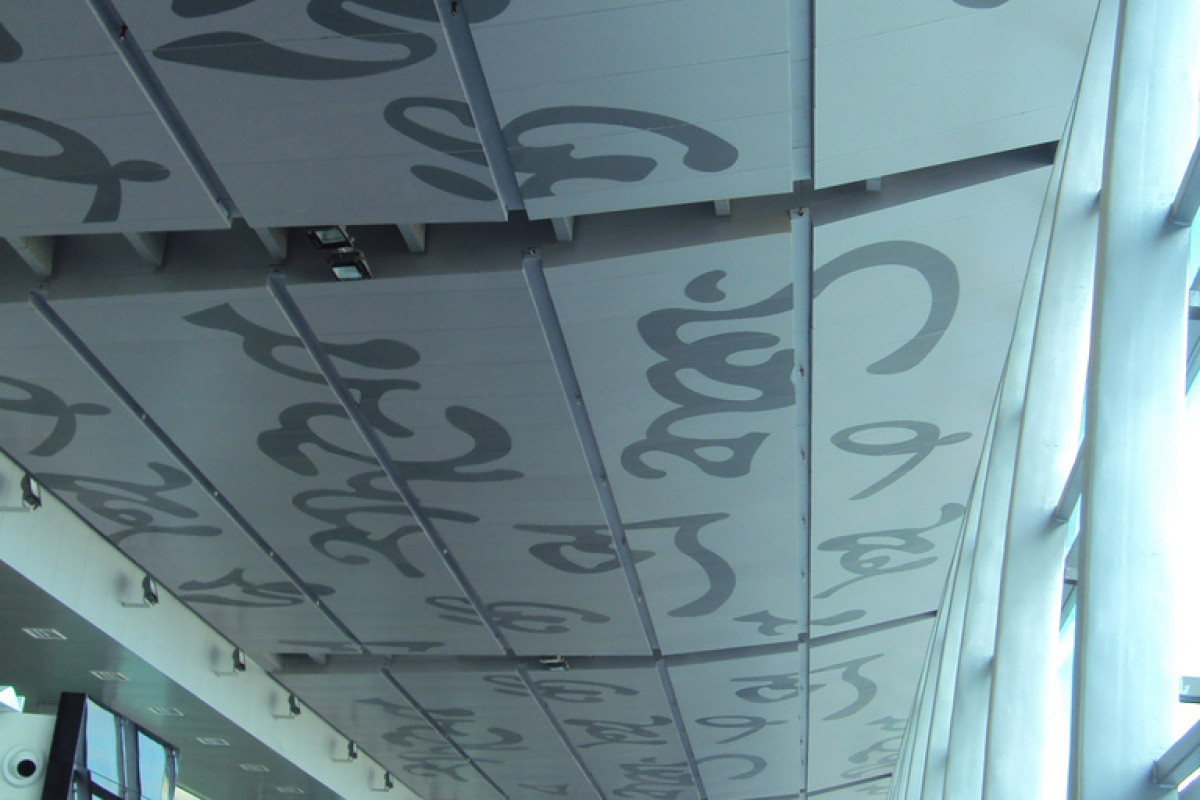

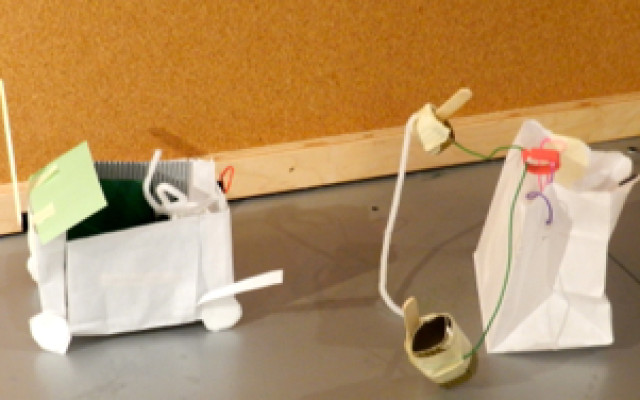

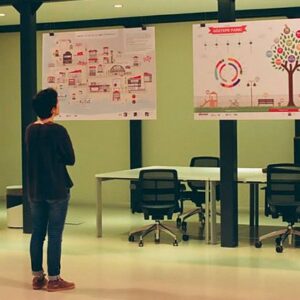
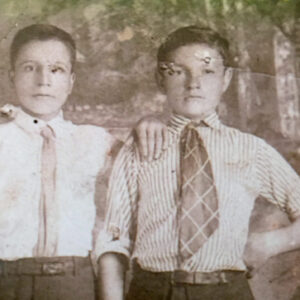
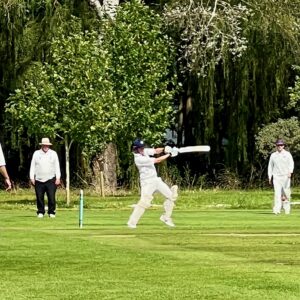
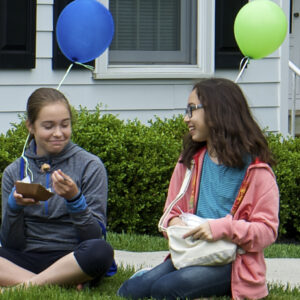


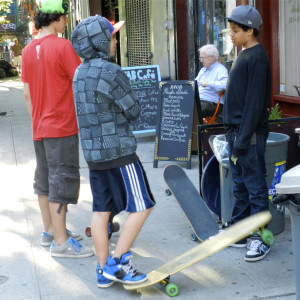
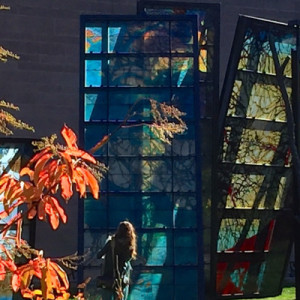
No Comments Yet!
You can be first to comment this post!